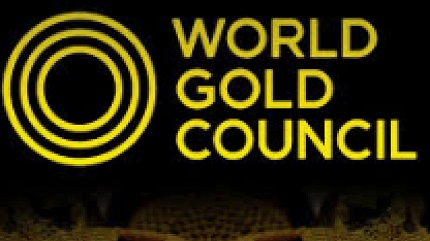Households and small businesses in India have preferred to pledge gold as collateral to meet financing needs rather than selling it outright during the Covid pandemic, the World Gold Council (WGC) said in a market update titled ‘Gold loans help India weather the Covid-19 storm’

Demand for gold loans, both through banks and non-banking financial companies (NBFCs), has grown in response to the economic impact of the Covid-19 pandemic. As a result, outstanding organised gold loans are expected to grow to Rs.4.051 trillion ($55.2 billion) in 2021.
Somasundaram PR, Managing Director, India, World Gold Council, said, “The gold loan industry has traditionally been a pillar of support for small businesses and households in need of emergency short-term assistance. In addition to unorganised lending that normally co-exists with any robust gold market, the regulated institutional framework of ‘gold loans’ in India has made it ubiquitous over the past decade which is indeed a boon. In particular, Covid has boosted demand for gold loans through banks and non-banking financial companies. The recent rise was seen some time since July 2019 when prices started moving up sharply. A 28.8% rally in domestic gold price this year and the need for quick credit among small businesses will further spur gold loans’ growth post Covid. Gold loans will benefit not just from the demand side but supply side dynamics too as many banks and non-banking institutions target this product segment on account of its acceptable risk profile.
“India’s leading gold non-banking financial companies (NBFCs) expect their gold loan AUMs to grow by 15-20% in the current financial year. Further branch expansions of gold loan NBFCs and increased adoption of technology makes the growth outlook of the gold loan market look even more promising. The market is expected to grow at an annual rate of 15.7% and reach Rs.4.617 trillion in FY 2022 from Rs.3.448 trillion in FY 2020.
“This report outlines the growth story of the gold loan market in India, its regulatory landscape and highlights key trends during Covid-19 with pointers to how technology has enabled greater reach and adoption. It discusses how digital offerings in the form of online gold loan (OGL) scheme have seen good traction since their inception. It also shares recommendations on what more can be done to increase penetration of financial inclusion through the gold loan industry. All in all, a good read in the current context.”
Be the first to comment